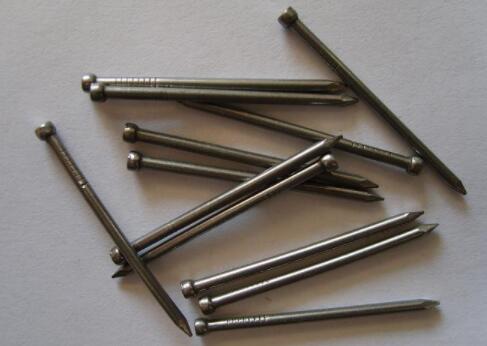The Architectural Elegance of Perforated Metal Sheets
In the contemporary world of architecture, the use of materials that blend aesthetics with functionality is paramount. One such material that has gained immense popularity is the perforated metal sheet. Characterized by its unique patterns and versatility, perforated metal playing a key role in modern architectural design, contributing to not just structure but also form and expression.
Defining Perforated Metal Sheets
Perforated metal sheets are thin, flat pieces of metal with a series of holes punched through them. The size, shape, and distribution of these holes can vary widely, allowing architects and designers to create customized screens, facades, ceilings, and walls. Made from various metals including steel, aluminum, and brass, these sheets can cater to different applications, both in terms of strength and aesthetic appeal.
Aesthetic Appeal
One of the most compelling reasons architects choose perforated metal is the aesthetic flexibility it offers. The ability to create intricate designs allows for artistic expressions unachievable with solid materials. Patterns can be tailored to evoke specific themes or concepts, seamlessly integrating with the overall architectural vision. For example, building facades adorned with perforated metal can cast intricate shadows that change throughout the day, adding a dynamic element to static structures.
Moreover, the visual effect of perforated sheets can enhance the building’s correlation with its surroundings. When used in exterior applications, they can serve as a filter for light and views, providing occupants an experience that remains connected to the environment while maintaining privacy. This feature is particularly beneficial in urban settings, where noise and visual pollution may impact inhabitants' quality of life.
Functional Benefits
perforated metal sheet architecture

Beyond aesthetics, perforated metal sheets boast numerous functional benefits that make them ideal for various applications in architecture. Due to their lightweight nature, they are often easier to handle and install compared to solid metal panels. Their perforations allow for enhanced airflow, which can be instrumental in temperature regulation in buildings, especially in hot climates. This can lead to reduced reliance on artificial cooling systems, paving the way for more sustainable building practices.
Furthermore, the strength and durability of metals provide excellent protection against elements, making them suitable for outdoor applications. Perforated metal sheets can act as protective screens against debris, pests, and harsh weather, while still allowing for ventilation and light penetration.
Acoustic Properties
Another remarkable advantage of perforated metal sheets is their ability to enhance acoustic performance in spaces such as auditoriums, theaters, and open-plan offices. They can be designed to absorb sound waves, effectively reducing noise pollution and creating conducive environments for communication and relaxation. By incorporating perforated metal in ceiling designs or wall panels, architects can address acoustic concerns while maintaining an attractive visual appeal.
Sustainable Architecture
In an era where sustainability is at the forefront of architectural discourse, perforated metal panels present an eco-friendly option. The longevity of metal, combined with its recyclability, contributes to sustainable building practices. By utilizing perforated sheets, architects can create energy-efficient buildings that minimize the environmental footprint while maximizing energy performance.
Conclusion
In summary, perforated metal sheets have emerged as a significant element in modern architectural design, combining beauty, functionality, and sustainability. Their flexibility in design allows for creative expressions that transcend traditional boundaries while providing practical advantages such as durability and thermal efficiency. As architects continue to push the envelope of innovative design, it is likely that perforated metal will remain a staple in creating spaces that are not only visually stunning but also environmentally responsible. Through their application, buildings can harmonize with their surroundings and foster a profound connection between architecture and nature, redefining the experiences of those who inhabit them.

















